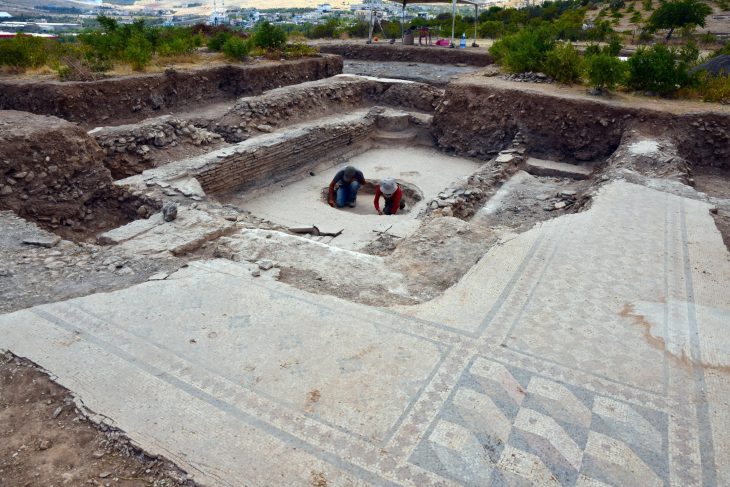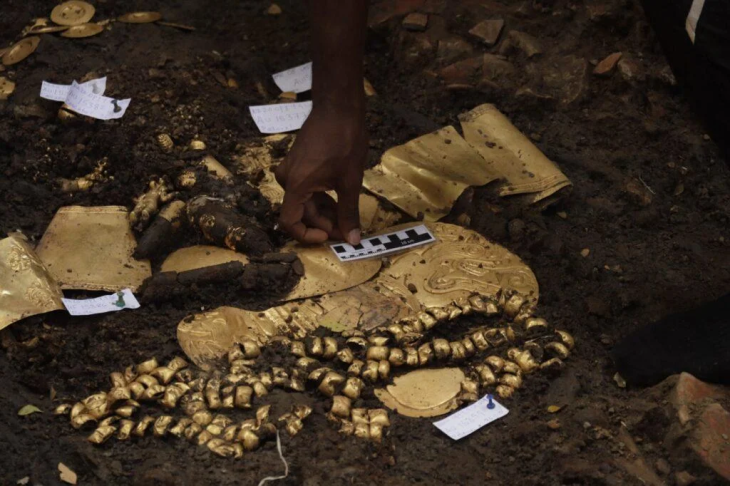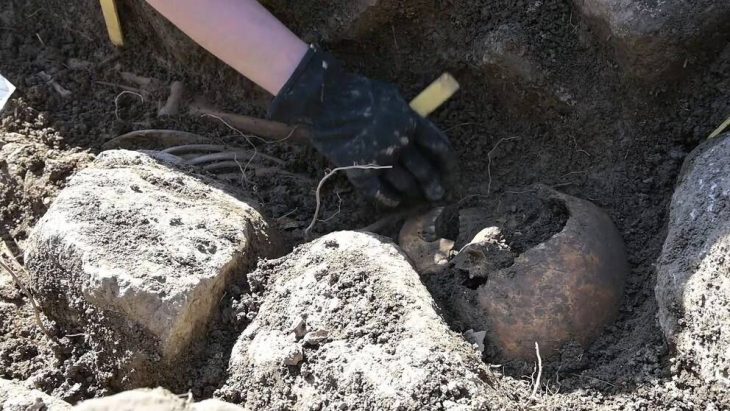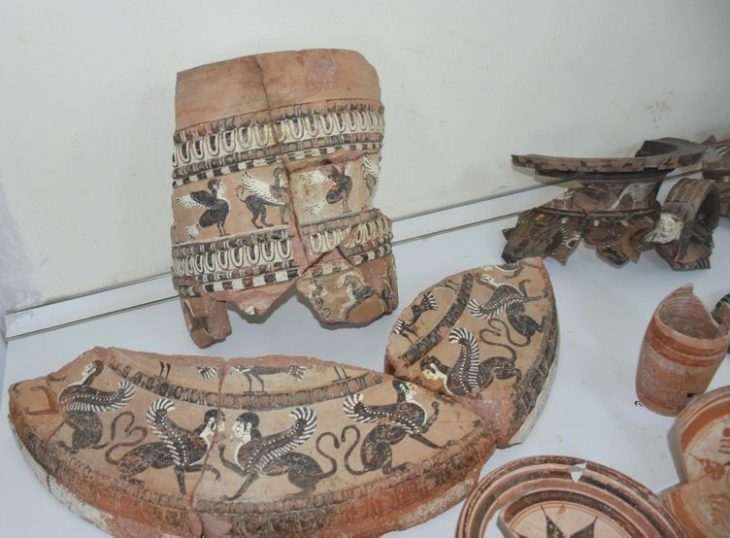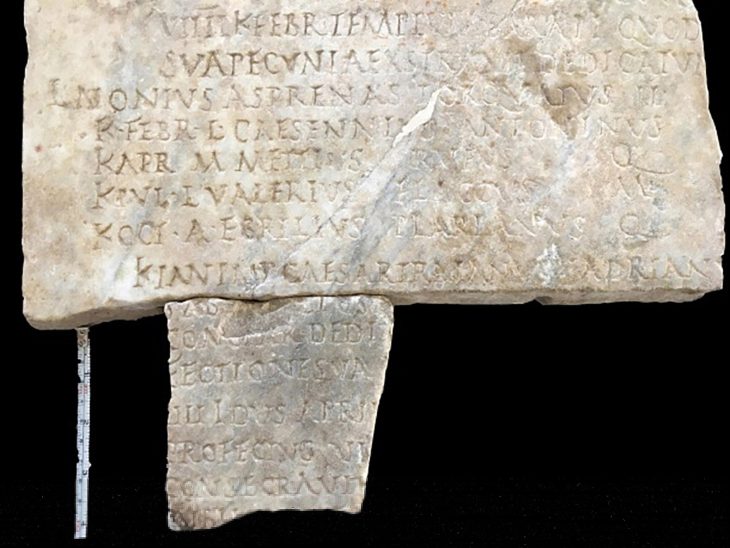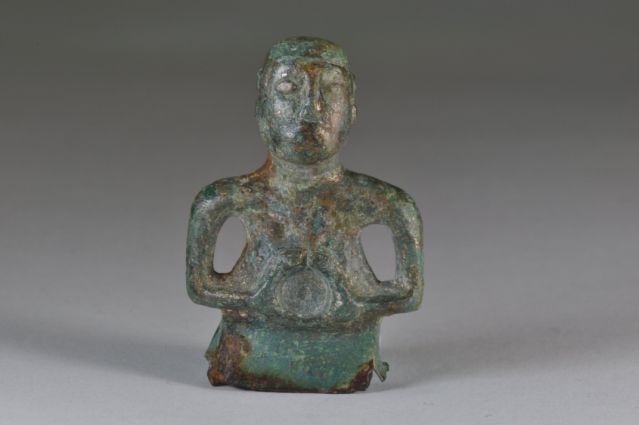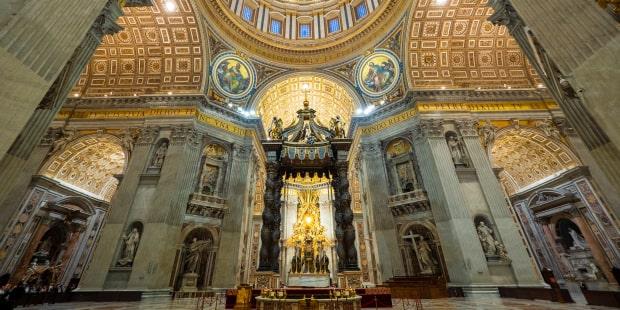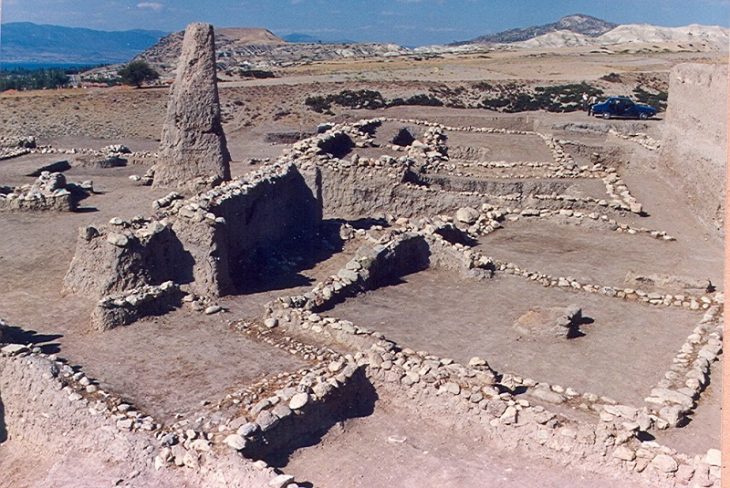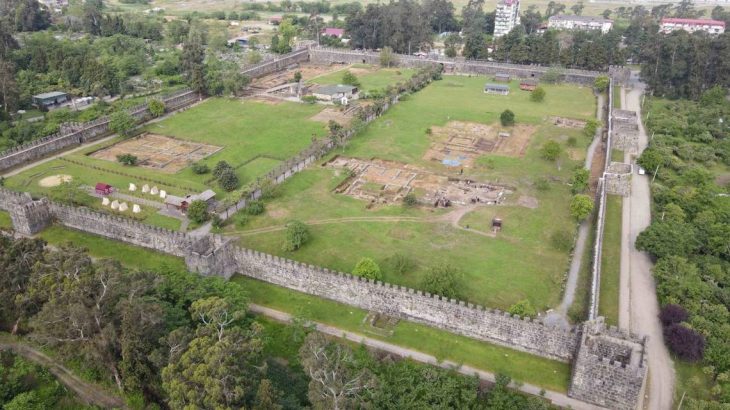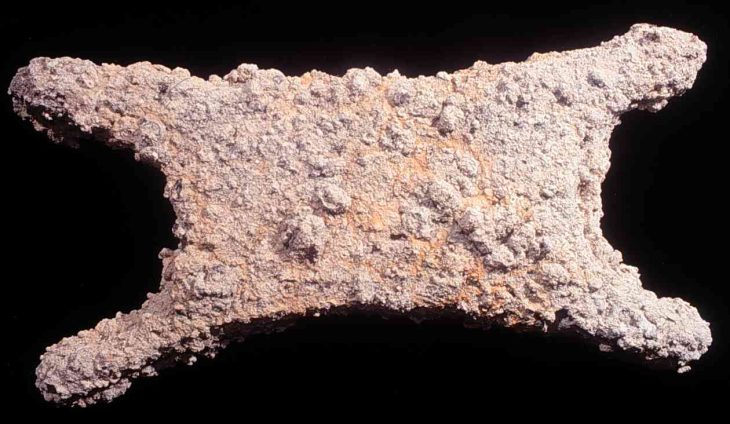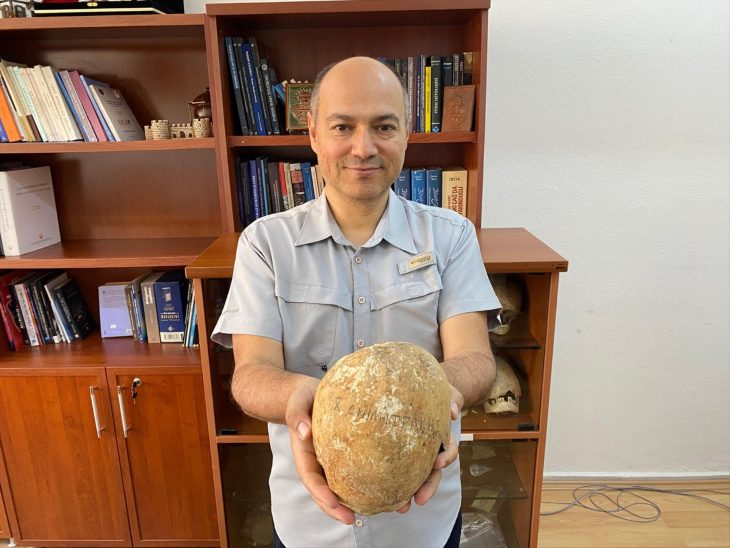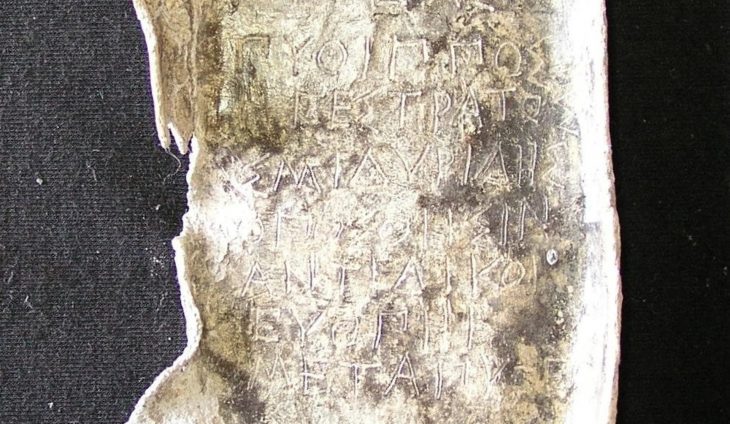The second temple of King Menua as well as a chamber tomb were unearthed during the excavations carried out this year in the Urartian castle in the Muradiye district of Van, in eastern Turkey.
The discovery was made among the ruins of Körzüt Castle from the 8th century BC. Körzüt is the modern Turkish name of a Urartean fortress situated on a rock spur at the southern end of the Muradiye/Berkri plain, about 3 km north of the modern village of Uluşar (Korsot/Gortsut), in the Muradiye district of Van province in Turkey.
Important discoveries in the castle were made during the excavations carried out by the Van Museum with the permission of the Ministry of Culture and Tourism. The castle was constructed by the Urartian King Menua.
The Muradiye District Governorship and Municipality provided funding, and the archaeological excavations were initiated two months ago under the scientific direction of associate professor of archaeology at Van Yüzüncü Yıl University’s (YYÜ) Faculty of Letters Sabahattin Erdoğan. A second temple without rizalite or corner protrusions, the remains of a masonry chamber tomb constructed using the corbelling technique, pottery fragments, and metal artifacts were all found during the excavations.
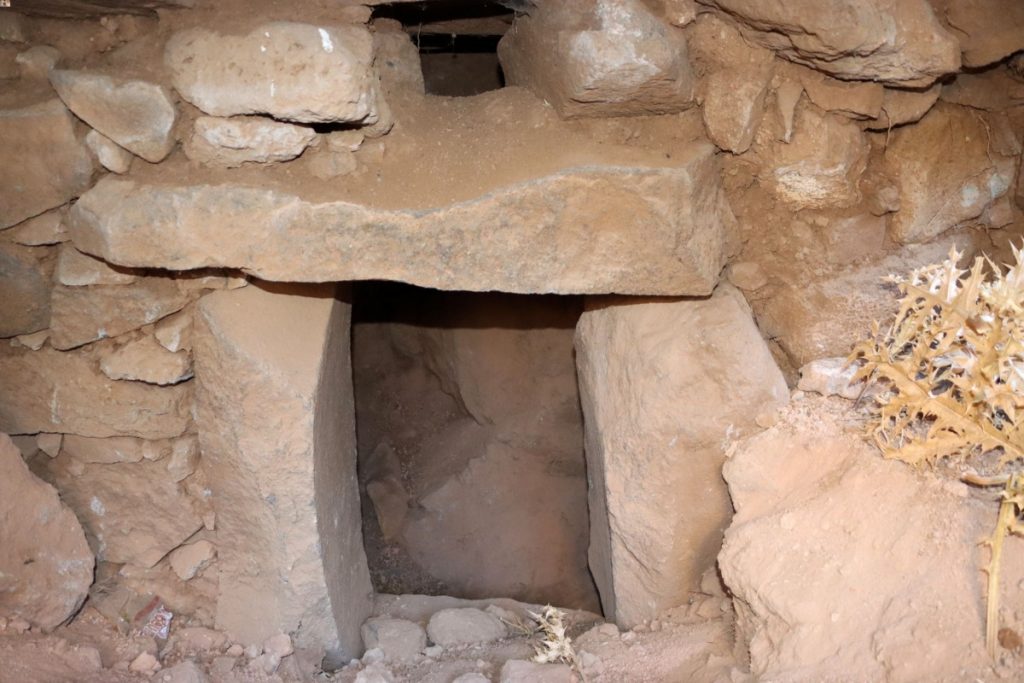
Erdoğan told Anadolu Agency (AA) that they came across important findings in the area where the castle ruins are located that will shed light on the history of the region. He noted that the finds were from different periods and stated that they had discovered a surprise second temple in the area where the first one was unearthed a while ago.
Erdoğan said that they stopped the excavations with the onset of winter.
“During the excavations, we unearthed the second temple, which we think was built by King Menua. We came across an important tomb right next to it. A large number of Urartian pottery was unearthed in the area. This is an important place for excavations. There is pottery from the Middle Ages. Then, there is the necropolis just outside the castle, which we consider very important,” Erdoğan said.
“We encountered various types of tombs here. The most important of these are stone-masonry tombs… Along with many ceramics from the Urartian period, there are pottery findings, metal artifacts and the possessions of dead people (in the excavation site).”
Excavations have been halted for the time being due to unfavorable weather conditions, but will resume next year.


